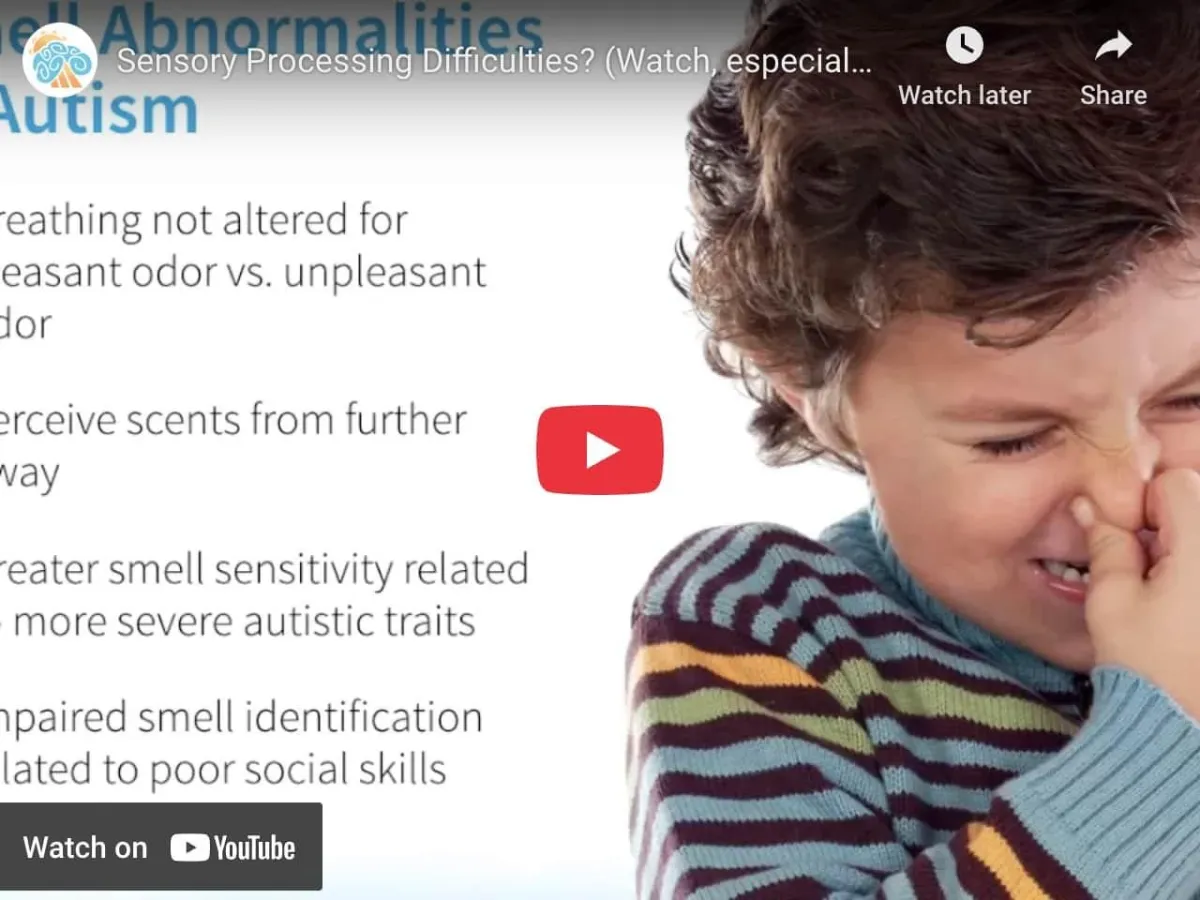
Sleep Deprivation Effects on the Brain Can Be Reversed with Environmental Enrichment
From an article published in March 2023, in the journal Translational Neuroscience
Shixing X, Xueyan H, Yuan R, Wei T, Wei W. Enriched environment can reverse chronic sleep deprivation-induced damage to cellular plasticity in the dentate gyrus of the hippocampus. Transl Neurosci. 2023 Mar 21;14(1):20220280. doi: 10.1515/tnsci-2022-0280. PMID: 36969794; PMCID: PMC10031502.Environmental Enrichment is a modality that has been shown to help the brain compensate for a wide variety of challenges and conditions. The question explored in this study is if it can help reverse the damaging effects of sleep deprivation.
Sleep issues are a common problem that affects a large number of people worldwide.
According to the World Health Organization (WHO), an estimated 27% of adults globally report having trouble falling or staying asleep, and up to 80% of individuals with psychiatric disorders may experience sleep disturbances.
For example, research suggests that up to 80% of children with autism spectrum disorder (ASD) experience sleep issues, such as difficulty falling asleep, frequent night waking, or early morning waking. These sleep disturbances can have a significant impact on the child’s behavior, mood, and cognitive function during the day, as well as on their caregivers’ quality of life.
Prolonged sleep deprivation can cause significant damage to the brain, in particular the hippocampus, a region that plays a crucial role in memory consolidation, learning and generally making sense of sensory information.
Additionally, sleep deprivation has been linked to an increased risk of developing neurological disorders such as Alzheimer’s disease, which is also associated with hippocampal dysfunction.
The study
In this study, the researchers split rodents into 2 groups. All the animals were forced to not sleep for 18 hours per day, but one group was placed in an enriched environment for the remaining 6 hours of the day, while the other group was left in a standard environment.
After 13 weeks, they sacrificed the animals and analyzed their brains, in particular the hippocampus region. They saw that sleep deprivation severely impaired the proliferation and differentiation of neural stem cells.
EEs reverse the damage of neurogenesis in DG under chronic sleep-deprived stimulation. DCX immunohistochemical staining showed that the expression in the SD group was decreased (P < 0.05) compared with the CG group. Compared with the SD group, the EE group’s expression significantly increased (P < 0.0001), even far more than that of the CG (P = 0.0001) (a–c, g). Under high magnification, it can be seen that DCX is mainly emitted from the junction of GCL and SGZ and extends to the GCL (d–f). Bars represent ± SEM; n = 8 mice per group; *P < 0.05; ***P < 0.001; ****P < 0.0001; CG = control group; SD = sleep deprivation; SE = sleep deprivation + enriched environment; DCX = double cortex element; GCL = granule cell layer; SGZ = subgranular zone; white scale bar = 100 μm, red scale bar = 20 μm.
The brains of the animals who were placed in an Enriched Environment showed no damage at all. The scientists explained that “Enrichment stimulation can reverse the processing by promoting neuronal repair related to neuronal plasticity.”



